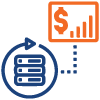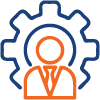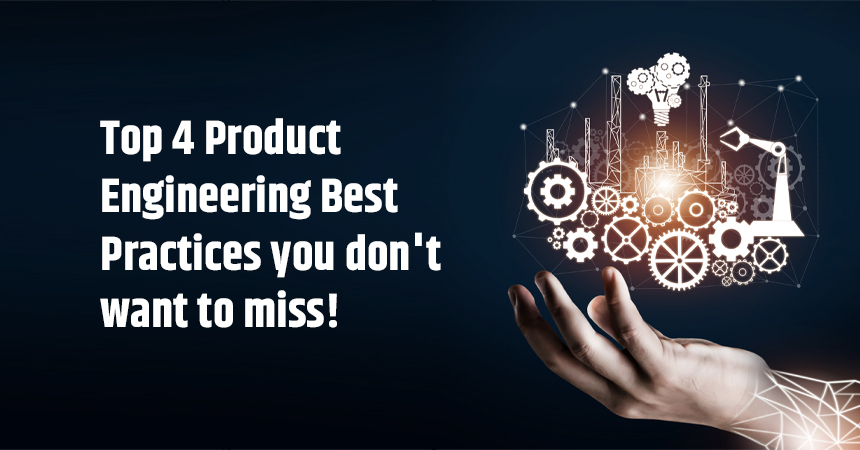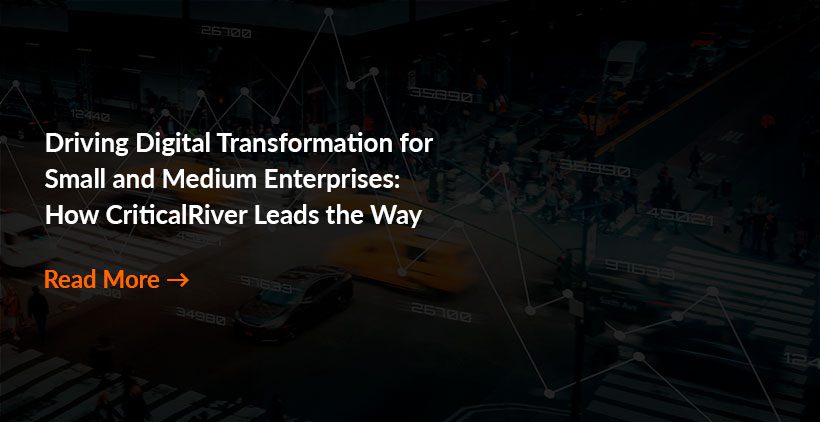COVID-19 abruptly unleashed two significant transformations on businesses worldwide – mandated remote work and increased online shopping and digital interactions with buyers.
These fluid dynamics took many companies unaware. Intelligent organizations strengthened their virtual product engineering abilities and concentrated on vital data-driven strategies and more customer-centric products.
Companies with solid product engineering abilities stand to gain an edge compared with those just learning or halfway through their methods. Technologies, procedures, and, above all, a culture that empowers organizations to stay ahead of customer demands will be critical. As they steer through the crisis, here are steps to help reimagine product engineering.


Ownership
Pressing ahead involves increasing ownership beyond the technology stack and adopting ownership over solving the end users’ demands.
Rather than a team owning the full stack, it would take on ownership over ensuring users can immediately find essential data and efficiently manage everyday responsibilities.
Increasing liability across this line works as a concrete forcing function for Product, Design, and Engineering to work as a single unit.

Embracing Desired Behavior
A Design System represents the tooling that encapsulates and supports features of product design. At its core, a team efficiently using a Design System will commence with the product’s atomic elements.
These are the rigidly built legos that lock into place with other elements and give the product a feeling of uniqueness and holism.
The Design QA step involves an uncomplicated yet potent plugin that enables one to manage the Design System component in real-time to explain how it deals with edge cases.

Build & Iterate
When you have cut project range until it is too sensitive to cut anymore, that is when you know you have discovered your minimally viable product. That is when you know you are utilizing lowercase agility.
Begin with a project scoped seemingly small. Break it into minor value-driven releases with a preference toward the more critical and challenging path items first.
Constantly take what you have acquired to reshape what you’ve already developed or prioritize what to create next, build it, and release it to production. Do this repeatedly until the next most important thing the team can operate on is something else.

Measure the Right things!
A team measuring the number of bugs may expect that metric to drive to a more significant quality product. However, with the metric proposed at bug count and nothing to do with quality, the team may precisely optimize the bug count.
These resulting activities strive to reduce bug counts while none optimize quality, the purpose behind the metric.
The opposite outcome is that which is not measured is not optimized and often overlooked until it enters critical levels. When relevant metrics are not explicitly calculated, their assistance will generally be superseded by steps that will optimize metrics expressly measured.




